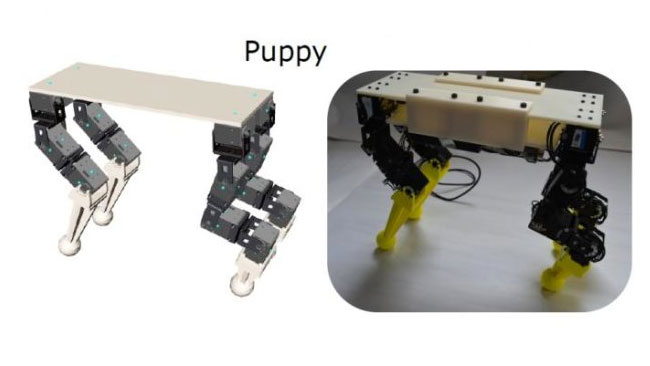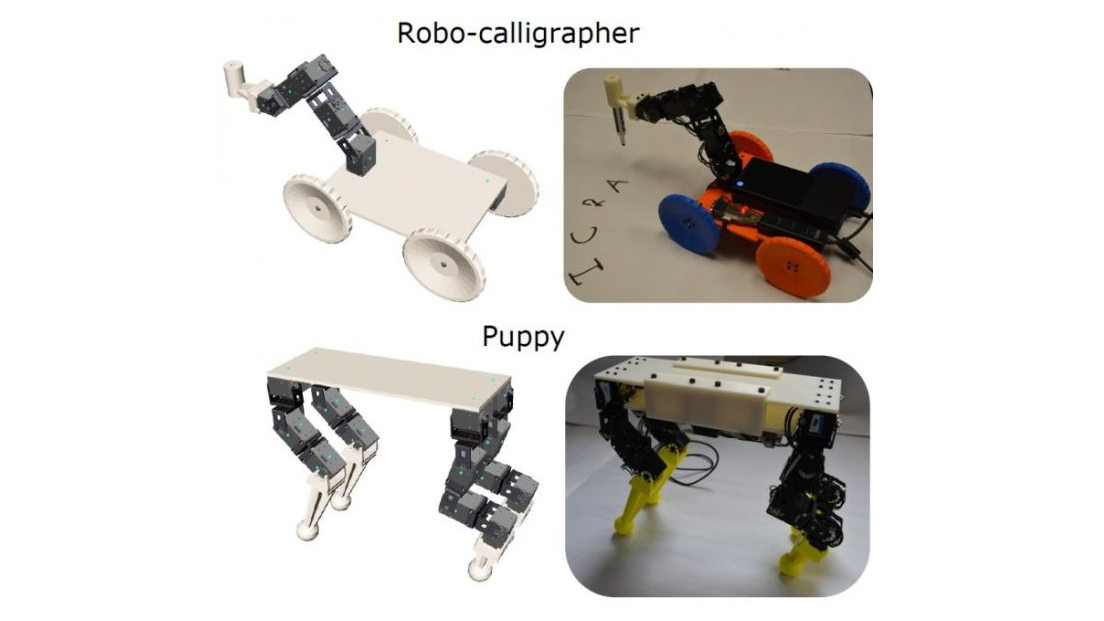Anyone can create a robot with this simple design tool
Built for both novices and experts

Making a robot is hard. Don't take my word for it, take the word of Stelian Coros, assistant professor of robotics at Carnegie Mellon University.
"The process of creating new robotic systems today is notoriously challenging, time-consuming and resource-intensive," he says. "In the not-so-distant future, however, robots will be part of the fabric of daily life and more people -- not just roboticists -- will want to customize robots."
That's why Coros' lab has developed an interactive design tool that allows both novices and experts to develop customised legged or wheeled robots using 3D-printed and off-the-shelf components.
It's pretty simple to use – scroll through a library of components and then drag and drop them into the design. It'll even suggest components that are compatible with each other, automatically generate structural components, and suggest where actuators should go.
Puppy-bot
To test the system, Coros' team – which also included robotics PhD student Ruta Desai and master's student Ye Yuan – designed several robots and fabricated two of them, one with wheels and a manipulator arm that can hold a pen, and a four legged "puppy"-bot.

"The system makes it easy to experiment with different body proportions and motor configurations, and see how these decisions affect the robot's ability to do certain tasks," said Desai.
"For instance, we discovered in simulation that some of our preliminary designs for the puppy enabled it to only walk forward, not sideways. We corrected that for the final design. The motions of the robot we actually built matched the desired motion we demonstrated in simulation very well."
Get daily insight, inspiration and deals in your inbox
Sign up for breaking news, reviews, opinion, top tech deals, and more.
Ultimately, the team's goal is to make robotics more accessible to people without a lot of knowledge of the subject.
"This is important because people who play an active role in creating robotic devices for their own use are more likely to have positive feelings and higher quality interactions with them," said Coros.
"This could accelerate the adoption of robots in everyday life."
